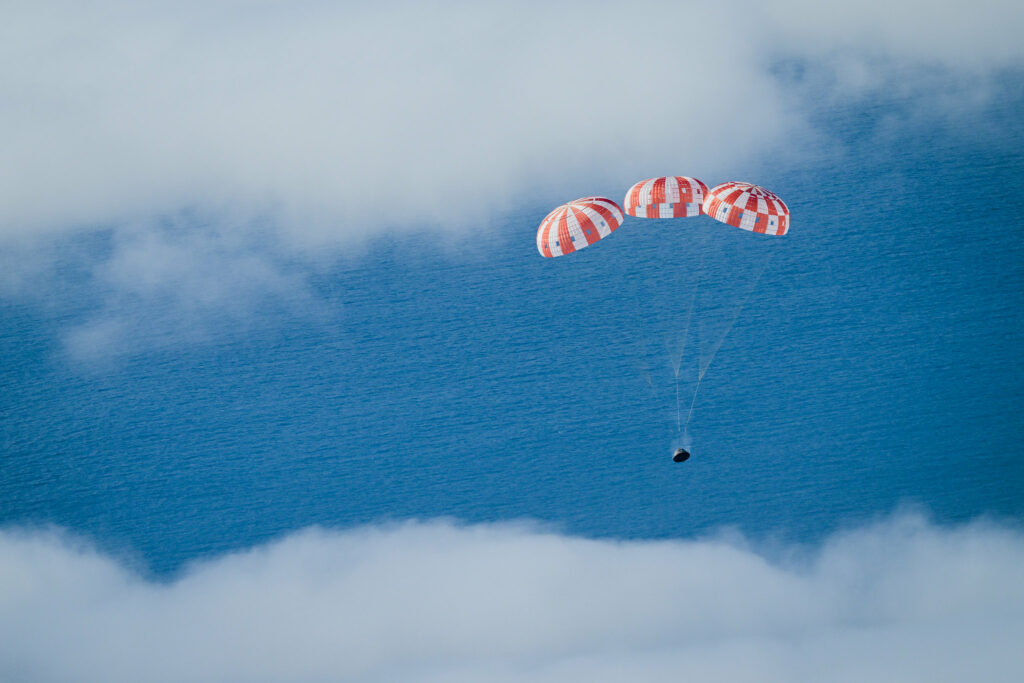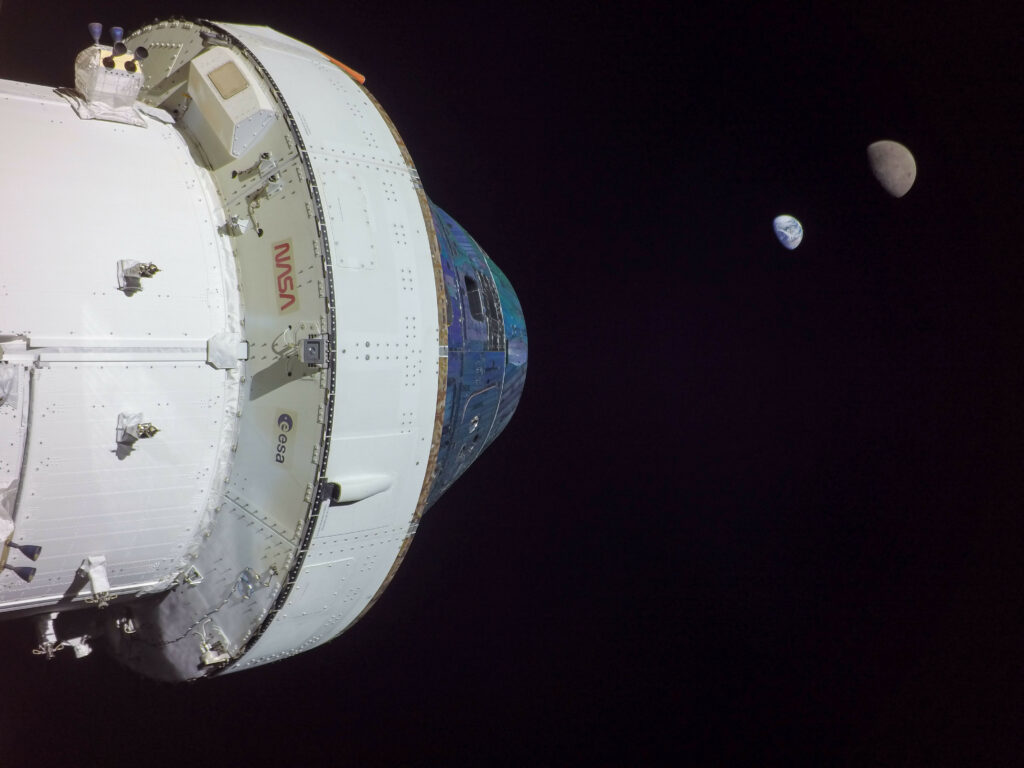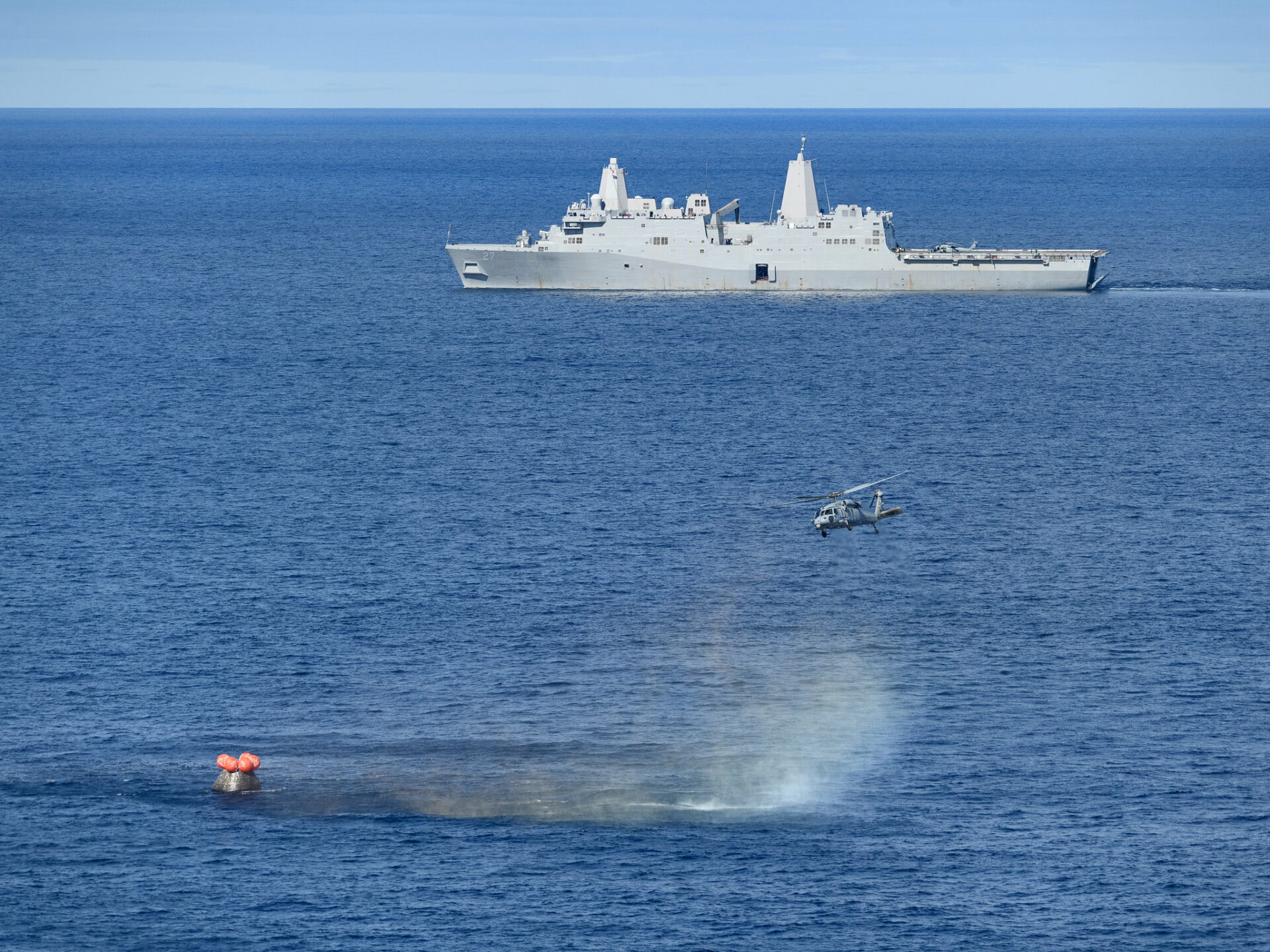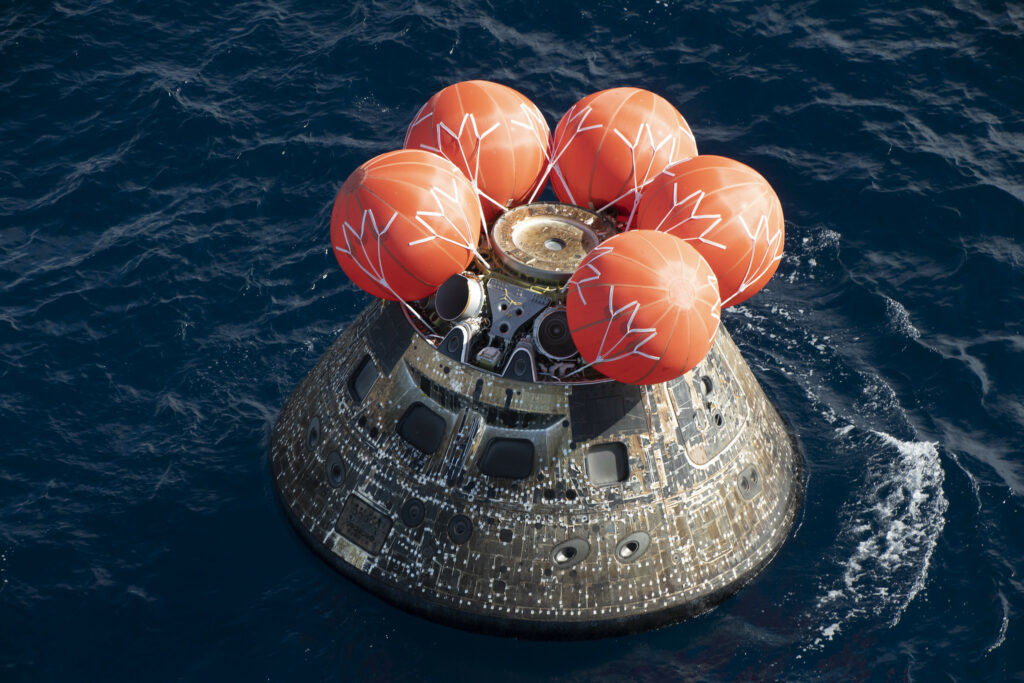The Orion spacecraft crew capsule has successfully landed in the Pacific Ocean, completing the 26-day Artemis I mission. During its course, NASA conducted comprehensive tests of the spacecraft, which should play a key role in the return of people to the Moon.

Artemis I Mission progress
Orion was launched by a superheavy SLS rocket on November 16. Five days later, the spacecraft circled the Moon and performed a maneuver that sent it into a distant retrograde orbit (DRO). NASA specialists chose it because of its stability. The spacecraft located on it are “balanced” by the gravitational pull of the Earth and the Moon, which reduces fuel consumption.

In total, Orion spent five days on the DRO. NASA specialists conducted comprehensive testing and inspections of all systems of the spacecraft. Despite several technical problems, in general, the behavior of Orion exceeded the expectations of engineers. It is also worth noting that during the flight, the spacecraft moved away from Earth at a distance of 430 thousand km, updating the record of the Apollo 13 mission.
On December 1, Orion left the DRO and headed back to the Moon. On December 5, it made a new close flyby of the moon. The maneuver performed during this stage sent the spacecraft to our planet.

Orion reached Earth on December 11. Shortly before returning, a service module built by ESA separated from it. At the moment of entry into the atmosphere, the Orion crew capsule warmed up to a temperature reaching 2800 °C. The spacecraft’s thermal protection successfully coped with this test. Its capsule successfully splashed into the Pacific Ocean. By an interesting coincidence, this happened on the day of the fiftieth anniversary of the landing of Apollo 17 — at the moment the last manned lunar expedition in history.
Returning people to the Moon
In the coming days, the Orion capsule will be delivered to land, after which it will be transported to the Kennedy Space Center. After that, specialists will start studying its external condition, as well as analyzing the data collected by the devices installed inside it. They measured the level of radiation and overloads that the crew would have been subjected to.

At the moment, the next Artemis mission is scheduled for May 2024. In its course, Orion with four astronauts (three will represent NASA, the fourth — the Canadian Space Agency) will fly around the Moon on a free return trajectory and return to Earth.
The return of people to the Moon will take place during the Artemis III mission, which involves the landing of two people at the south pole of the Moon. So far, it is scheduled for 2025, however, most likely, this date will still change. Everything will depend on the speed of work on the creation of the Starship HLS spacecraft, which is assigned this task.
You can also read about the main reasons that led to the postponement of the Artemis II mission to 2024.
According to https://www.nasa.gov
Follow us on Twitter to get the most interesting space news in time
https://twitter.com/ust_magazine

